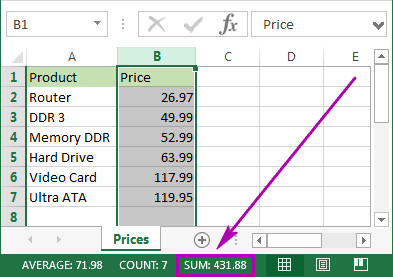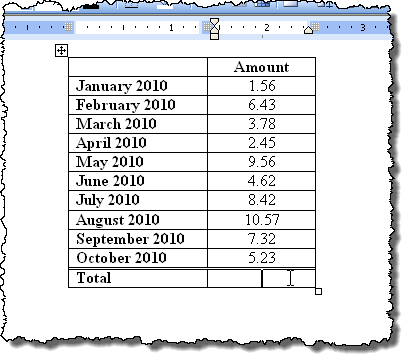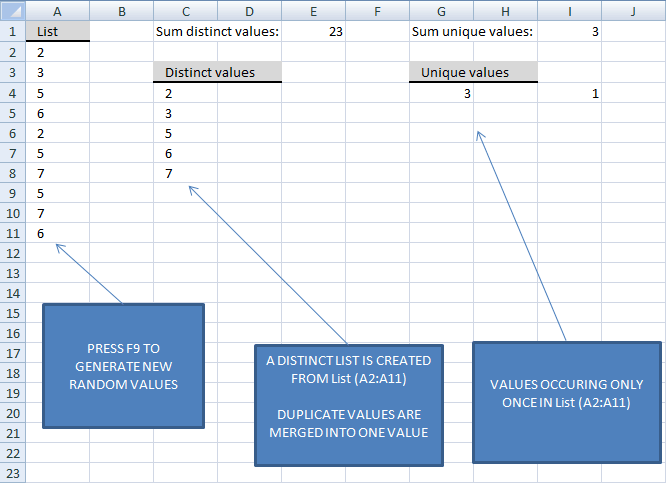

MINUTE: This converts a serial number to a minute.HOUR: This converts a serial number to an hour.TIME: This returns the serial number of a particular time.DAYS360: This calculates the number of days between two dates based on a 360-day year.DATE: This converts a serial number to a day of the month.MIN: This identifies the smallest number in a range of cells.MAX: This identifies the largest number in a range of cells.COUNT: This counts the number of chosen data in a range of cells.AVERAGE: Average calculates the average of a range of cells.

SUM: Summation adds a range of cells together.Some of the more common functions include: Statistical functions: There are many different functions in Excel 2003. Excel's functions can save you a lot of time and headaches. Building formulas can be difficult and time consuming. If there is more than one argument, separate each by a comma.Īn example of a function with one argument that adds a range of cells, B3 through B10:Īn example of a function with more than one argument that calculates the average of numbers in a range of cells, B3 through B10 and C3 through C10:Įxcel literally has hundreds of different functions to assist with your calculations. Add one or more arguments-numbers, text, or cell references-enclosed by parentheses.After the = sign, define the function name (e.g., Sum).

Excel 2003 contains many different functions.Įach function has a specific order, called syntax, which must be strictly followed for the function to work correctly. Or you could use the Sum function to find the sum of a cell range. You could use an Excel function called Average, for example, to quickly find the average of range of numbers. Functions save you the time of writing lengthy formulas. A function is a predefined formula that helps perform common mathematical functions.


 0 kommentar(er)
0 kommentar(er)
